The Story Course of the Historical and Cultural Street of the Open Trade Port - 1 hr course ([인천 개항 누리길] 1시간 코스)
.0M 2023-01-12
269, Jemullyang-ro, Jung-gu, Incheon
+82-32-440-4055
The Story Course of the Historical and Cultural Street of the Open Trade Port is a course that showcases the history and culture of the pork opening over 100 years ago. Started in 2006, the walking course takes participants through historical buildings and attractions including Jayu Park, The first Bank, 5.8 Bank, Chinatown and more. There are three different courses varying by time with one hour course taking participants from Incheon Station to Chinatown and Samgukji Mural Street, Jayu Park, Jemulpo Club, Incheon Modern Architecture Museum, and finishing at Korean-Chinese Cultural Center.
Wolmi Sea Train (월미바다열차)
78.4M 2024-04-21
269 Jemullyang-ro, Jung-gu, Incheon
Wolmi Sea Train is Korea's longest urban tourist monorail, stretching over 6.1 kilometers. The train travels at an average speed of 9 kilometers per hour, taking 42 minutes to complete one loop around Wolmido. The tracks are located between 7 and 18 meters off the ground, offering a view over all Wolmido has to offer. The views out over the sea are especially beautiful at sunset.
Sinseung Banjeom (신승반점)
134.6M 2024-12-19
인천광역시 중구 차이나타운로44번길 31-3
This restaurant, run by the granddaughter of Gonghwachun’s founder Woo Hee-gwang, is best known for its signature yuni-jjajang—a sweet, savory sauce made with minced meat and vegetables, served separately from the noodles, similar to ganjjajang, and topped with a sunny-side-up fried egg. Other popular dishes include the chewy chapssal tangsuyuk (deep-fried pork in a sweet rice batter with sweet and sour sauce) and the samseon haemul nurungjitang (a three-delicacy sizzling rice soup with seafood).4
Mandabok (만다복)
201.0M 2024-12-19
인천광역시 중구 차이나타운로 36 만다복
This restaurant offers baengnyeon jjajang (meaning “hundred-year jjajang”), a traditional style of hayan jjajang, or old-fashioned black bean sauce noodles. The dish features noodles topped with a soy sauce-based sauce along with pork, seafood, and vegetables.
Jjajangmyeon Museum (짜장면박물관)
221.8M 2024-12-23
56-14 Chinatown-ro, Jung-gu, Incheon
Jjajangmyeon Museum is built in the former building of Gonghwachun, the official birthplace of jjajangmyeon, a food people of all ages love. Gonghwachun operated in this old-fashioned brick building until 1983, and the building was renovated as Jjajangmyeon Museum. It is the first jjajangmyeon-themed museum in Korea and consists of six permanent exhibition rooms and one special exhibition room. Visitors can see the birth and transformation of jjajangmyeon at a glance and the different types and recipes of jjajangmyeon. The special exhibition room presents exhibitions on a variety of topics every year. The reproduction of Gonghwachun’s original reception room and kitchen as well as the exhibition of how the metal delivery box changed over the years are also interesting.
Simnihyang (십리향)
224.6M 2024-02-16
50-2 Chinatown-ro, Jung-gu, Incheon
Simnihyang is a Chinese restaurant in Incheon Chinatown, renowned for its specialty in hwadeok mandu (oven-baked mandu). The restaurant's name suggests that the aroma of its mandu spreads up to 10 Ri (approximately 4 km, pronounced 'simni' in Korean) away. Its signature dish, hwadeok mandu, consists of mandus filled with pork, vegetables, and seasoning, baked in an oven at temperatures above 350 degrees. This preparation ensures the mandu is crispy on the outside and juicy on the inside. Additionally, the restaurant offers various other fillings, including sweet potatoes, pumpkin, and red beans.
Sangsang Platform (상상플랫폼)
224.1M 2025-10-23
33 Wolmi-ro, Jung-gu, Incheon
When the Incheon port opened in 1883, the Wolmi-ro area became the gateway to Korea, welcoming vistiors from overseas countries via sea route. Before transforming into the cultural and art complex of today, Sangsang Platform located by the Incheon Open Port used to be Asia's largest granary. Sangsnag Platform is remodeld to preserve the old granary structure while adding a contemporary touch that matches modern-day aesthetics. As the building once connected Incheon to the world, it now serves connect Incheon's past and the future as a multipurpose cultural tourism complex.
Incheon Local Festa (Jemulpo Wave Market) (인천 로컬 페스타 (제물포 웨이브 마켓))
224.1M 2025-10-23
33 Wolmi-ro, Jung-gu, Incheon
+82-10-2258-9475
Jaemulpo Wave Market is a special festival where one can explore the many different local brands in Incheon. Approximately 70 Incheon-based brands are participating to promote handmade products, home decor items, lifestyle goods and more. During the festival period, Jemulpo Wave Vintage Market also takes place with 20 vintage sellers showcasing timeless products. Entertaining events are also planned, such as a DJ show, vintage auction, beer drinking contest, and more.
Oh Slow Vintage Market (오슬로우 빈티지 마켓)
224.1M 2025-11-06
33 Wolmi-ro, Jung-gu, Incheon
+82-10-2258-9475
Oh Slow Vintage Market is the largest vintage market in Korea for those who pursue a slow life, with numerous teams participating in the market, including vintage, antique, second-hand, flower, and small items that align with the values of "slow life." The market is characterized by vintage items and furniture that have been around for a long time and have their own unique value, as well as rare antique items that have their own history and timeless beauty. Quality second-hand clothing and miscellaneous goods provide opportunities to purchase brand products or items in good condition at reasonable prices, going beyond just low prices. The flower section includes fresh flowers and pots for adding a personal touch. Additionally, there are stylish design items and beautifully crafted handmade crafts that enrich lifestyles. Visitors can enjoy an exciting atmosphere with DJ performances and can learn about participating vintage businesses and rare vintage products in detail through a vintage docent tour.
Daechang Banjeom (대창반점)
259.7M 2024-02-16
55-1 Chinatown-ro, Jung-gu, Incheon
Daechang Banjeom is a Korean Chinese restaurant nestled in Chinatown, Incheon. The restaurant has built a dedicated base of regulars among both locals and tourists since it opened in the 1980s. It is famed for its samseonjjamppong (three-delicacy spicy seafood noodle soup), which headlines its menu. Other crowd favorites include jjajangmyeon (black bean sauce noodles) and gunmandu (pan-fried Mandu). Notably, it's located near tourist attractions such as the Jajangmyeon Museum and Incheon Modern Museum.


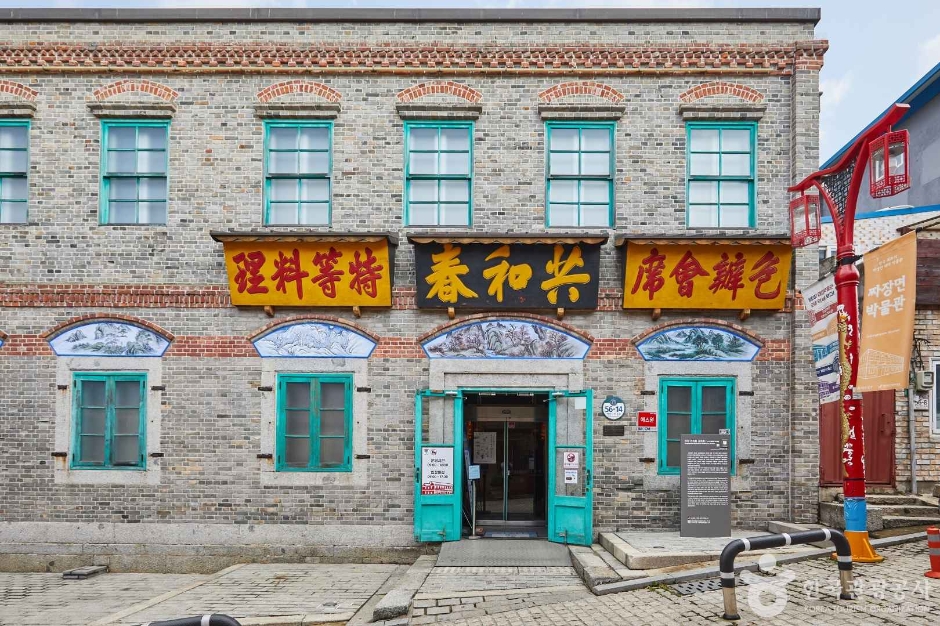
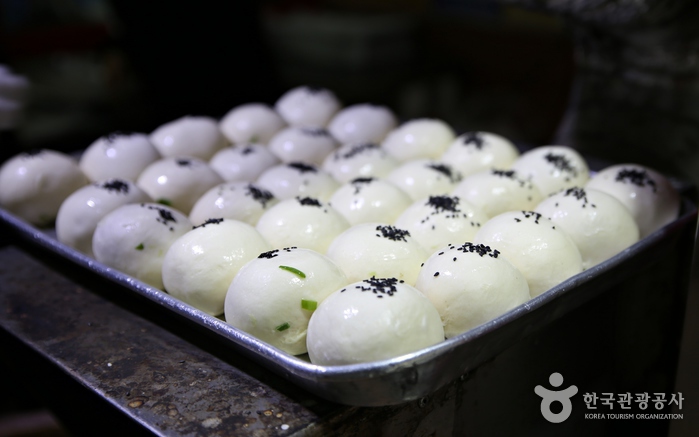
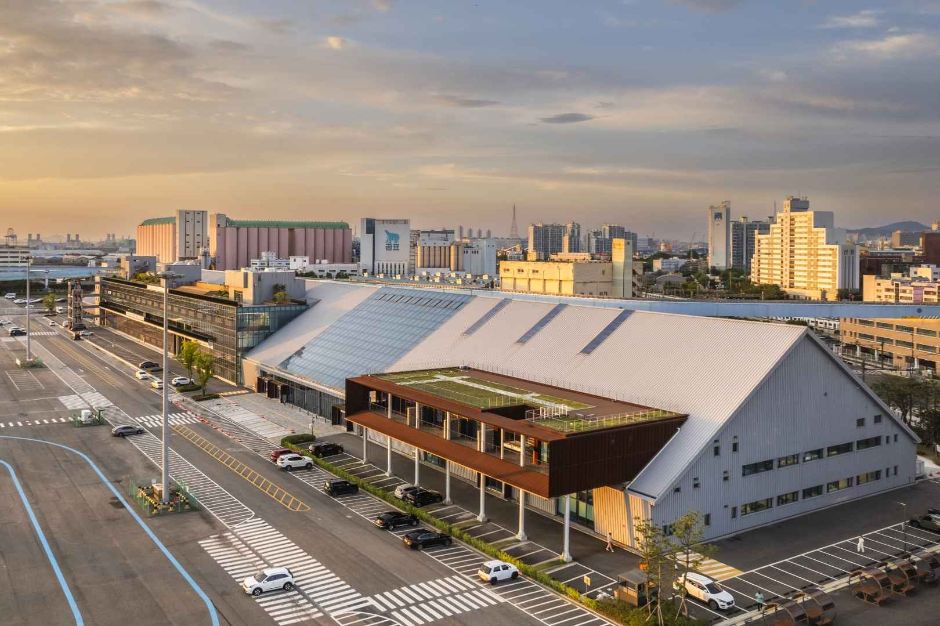
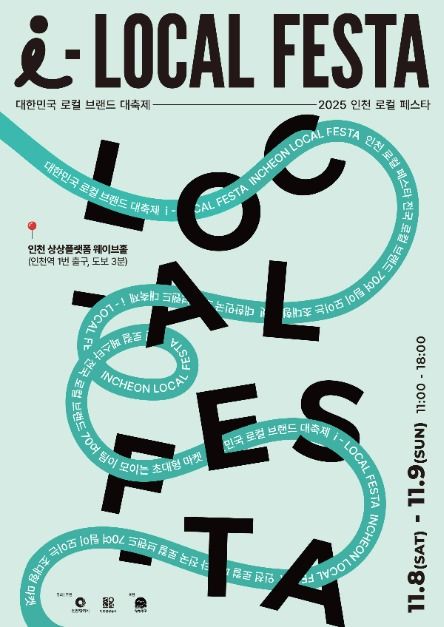
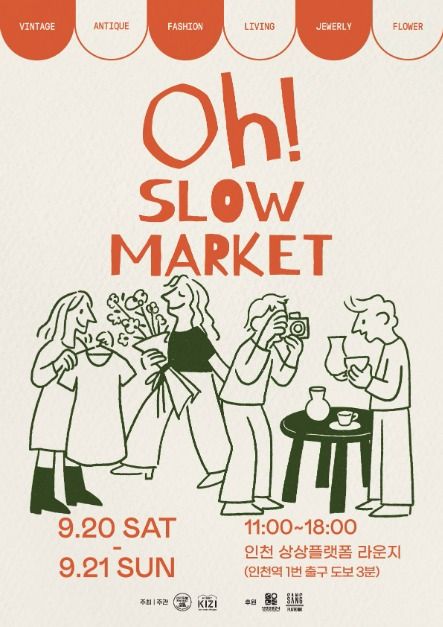
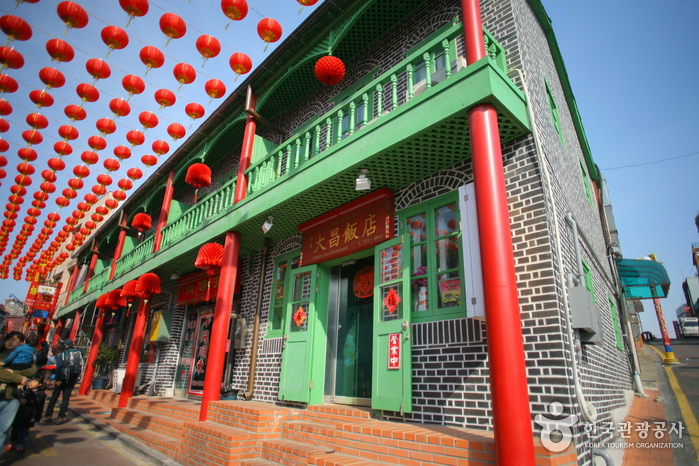
 English
English
 한국어
한국어 日本語
日本語 中文(简体)
中文(简体) Deutsch
Deutsch Français
Français Español
Español Русский
Русский